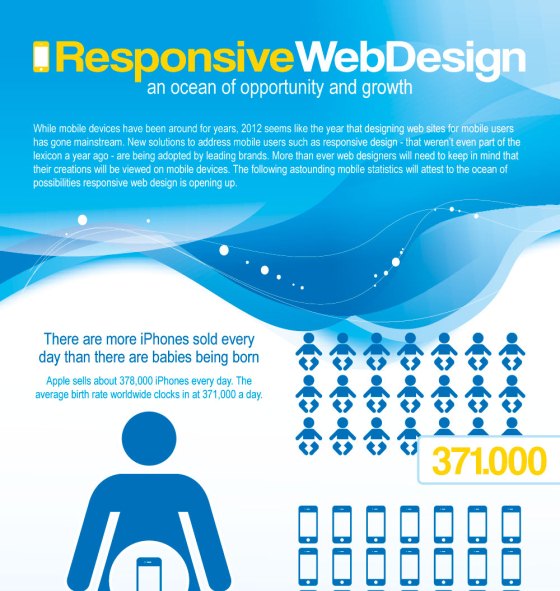Eager To Find How Internet Site Design Has Changed Gradually? Dive Into The Evolution From Simplicity To User-Focused Experiences
Eager To Find How Internet Site Design Has Changed Gradually? Dive Into The Evolution From Simplicity To User-Focused Experiences
Blog Article
Created By-Thorsen Hyldgaard
In the past, websites were easy and concentrated on details. Navigation was straight, and layout was for desktop computers. Currently, customer experience is essential. Data guides designs for easy navigation. Receptive layouts match different tools. Today, dark mode decreases stress, and minimalist food selections boost navigation. Interactive attributes involve customers, and bold visuals attract attention. AI integration improves engagement. See just how design has evolved to improve your on the internet trip.
Very Early Days of Web Design
In the very early days of web design, simpleness preponderated. Websites were fundamental, with restricted shades, font styles, and formats. The focus was on supplying details instead of fancy visuals. Users accessed the internet through sluggish dial-up connections, so speed and capability were essential.
Navigation menus were straightforward, typically located on top or side of the page. Web sites were developed for desktop computers, as mobile browsing had not been yet common. Material was king, and designers focused on simple readability over intricate layout elements.
HTML was the key coding language utilized, and designers needed to work within its constraints. Computer animations and interactive functions were minimal compared to today's requirements. Internet sites were fixed, with little vibrant content or tailored individual experiences.
Surge of User-Focused Style
With the evolution of internet site layout, a shift towards user-focused design principles has become increasingly noticeable. Today, developing web sites that focus on individual experience is essential for involving site visitors and attaining business goals. User-focused design entails understanding the requirements, preferences, and actions of your target audience to tailor the web site's format, web content, and features appropriately.
Designers currently perform thorough study, such as customer studies and use testing, to collect understandings and feedback directly from individuals. This data-driven strategy helps in producing instinctive navigation, clear calls-to-action, and aesthetically enticing user interfaces that reverberate with site visitors. By placing the customer at the center of the layout procedure, websites can provide a much more individualized and delightful experience.
Responsive style has actually additionally emerged as a vital aspect of user-focused layout, making certain that internet sites are enhanced for different gadgets and display dimensions. https://smallbiztrends.com/2022/03/email-content-marketing-tips-connecting-to-customers.html enhances availability and functionality, accommodating the diverse ways customers connect with internet sites today. Essentially, the surge of user-focused layout signifies a shift in the direction of developing digital experiences that prioritize the demands and expectations of the end customer.
Modern Trends in Website Design
Discover the most recent patterns shaping web design today. One famous fad is dark mode layout, offering a streamlined and contemporary look while minimizing eye strain in low-light atmospheres. One more essential pattern is minimalist navigating, streamlining menus and enhancing user experience by focusing on essential elements. Incorporating micro-interactions, such as animated buttons or scrolling results, can create a more appealing and interactive site. Receptive design remains vital, making sure seamless customer experiences throughout numerous tools. Furthermore, using bold typography and unbalanced designs can add aesthetic rate of interest and accentuate details content.
Integrating AI technology, like chatbots for client support or personalized referrals, enhances customer involvement and improves procedures. Availability has also come to be a substantial fad, with designers prioritizing inclusive layout methods to cater to varied user demands. Embracing sustainability by enhancing internet site performance for speed and effectiveness is another arising pattern in website design. Teaming up with individual responses and data analytics to repeat and improve layout continually is essential for staying appropriate in the ever-evolving digital landscape. By embracing these contemporary fads, you can develop an aesthetically enticing, easy to use website that reverberates with your target market.
Final thought
As you reflect on the evolution of web site design from the very early days to now, you can see how user-focused design has actually ended up being the driving force behind modern fads.
Welcome the journey of change and adjustment in web design, always maintaining the user experience at the forefront.
Tippingpointdigital
Keep existing with the most up to date patterns and technologies, and never quit evolving your approach to create aesthetically spectacular and easy to use internet sites.
Progress, adjust, and produce - the future of web design is in your hands.
